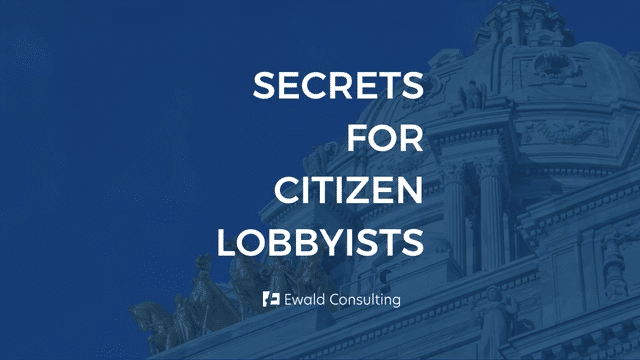Six Leadership Models That Can Help Accelerate your Association’s Success
There are many types of association leadership models, and each of them is effective when they are applied in the proper organizational context. For the most part, finding the right model has to do with fit more than any other factor. The key is to understand the different models that exist and how they might make sense to have in your organization.
1. Full-time Executive Director with Industry Background
There are some associations that require industry knowledge on staff and regular strategic guidance from an industry perspective, and this is where a full-time Executive Director (ED) with an industry background comes in. This type of leader will not only be able to provide the necessary expertise, but they will also be intimately familiar with the day-to-day operations of the association and the challenges that it faces.
Associations that choose this model of leadership sometimes encounter challenges, especially related to cost. This is because they are essentially paying for two roles: an expert in the industry and a chief staff executive. In addition, there may be operational challenges – especially because industry expertise skills do not automatically translate to success in association management.
2. Part-time Executive Director with Industry Background
This model is very similar to the full-time ED with an industry background, but the individual is only working part-time. This can be a good option for associations that want access to an expert in the industry but cannot afford a full-time ED. This type of engagement often results in better role clarity and clearer articulation of expectations over time.
The challenges associated with this model mostly lie in the limited availability of the ED. To make things work with this limitation, the part-time ED may need to focus only on the most urgent matters in the daily operations of the association. For the same reason, the other staff members may not access the ED’s critical insights in real time.
3. Chief Professional Officer with Industry Background
The Chief Professional Officer (CPO) model is another way to provide industry expertise for the organization’s leadership. Here the CPO engages with the association on a contractual or on-demand basis. This can be a very cost-effective way to get industry expertise into the organization for select areas of operation.
Of course, there are challenges that come along with this model as well, such as cost-containment, availability, and possible conflicts of interest. Because their availability is shared between the association and their private practice, they may encounter challenges when they are asked to represent the association as they face an entity with whom they have an existing relationship.
4. Full-time Account Executive (AE) with Association Management Background
If an association holds operational effectiveness as a top priority, it often uses this model. Here, the association gets useful experience on the ground at a more affordable price. This model is a good fit when staff can be paired with subject matter experts to address technical questions.
Association experts may need to go through a learning curve as they encounter industry nuances and trends. However, their learning can progress when they are paired with technical experts who are already involved with the organization.
5. Part-time Account Executive with Association Management Background
The part-time account executive with association management experience is much like the full-time AE, but comes at a much lower cost. Because the part-time AE serves multiple clients, they may bring in a lot of crucial insights from various industries from the environment as it evolves.
However, because the AE may not be as experienced as people who operate within other leadership models, they may not have the bandwidth to operate and provide guidance to the association in terms of strategy.
6. Board President
This is one of the most commonly used models in smaller associations or those starting up. The Board President often has a full-time job outside of the organization, so they are industry experts who can competently lead in the executive post.
The challenges with this model include the fact that the President may not have as much time to dedicate to the organization as they would like, and they may not have the needed association management skills.
Conclusion
Choosing the leadership model that works for your association requires a lot of careful study of your current situation within the environment, as well as the hopes and dreams that you may have as a collective. Weigh the pros and cons of each model with your specific context in mind, and you’ll be able to confidently choose the right model for you.




